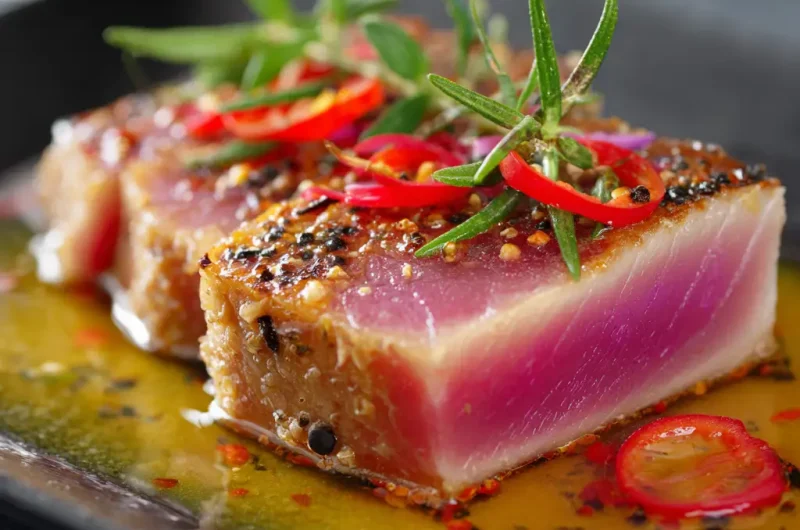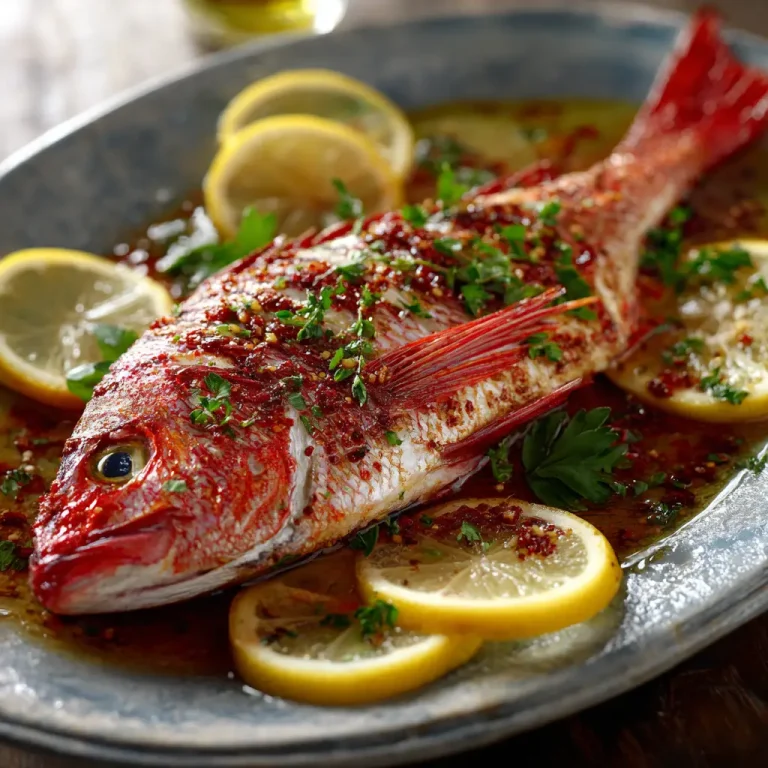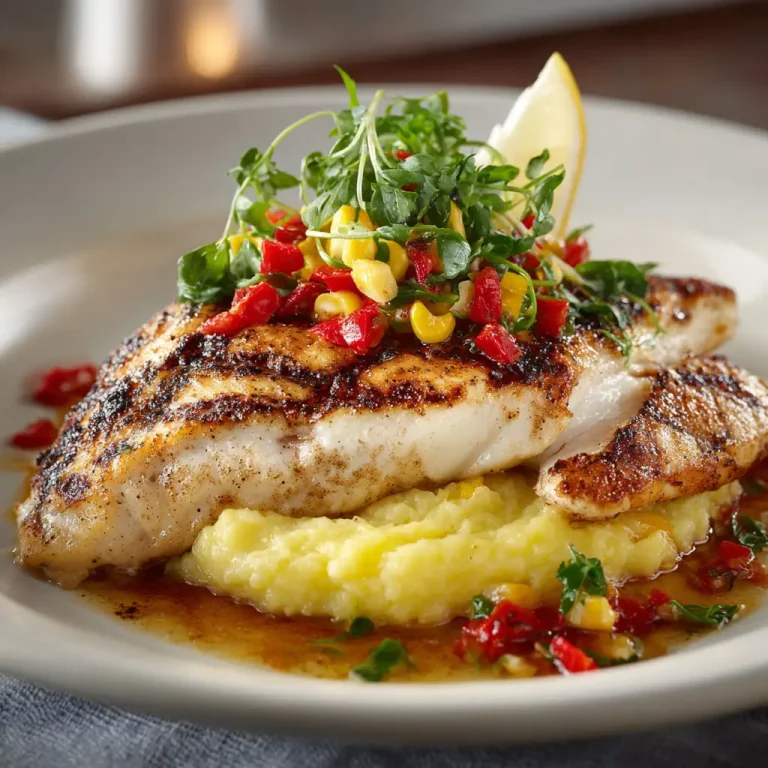Tuna Recipes – Delicious, Healthy, and Easy Ways to Cook Fresh or Canned Tuna
Introduction
Tuna can often feel like a simple staple and yet it holds remarkable potential for creating flavorful and satisfying meals. Whether you’re opening a chilled can or grilling a fresh steak, this versatile ingredient adapts to myriad cooking styles and preferences. Every kitchen can benefit from knowing a solid tuna recipe because it offers both convenience and nutrition. In this article I’ll share a comprehensive tuna recipe that feels home-y yet elevated, along with full guidance on ingredients, steps, customization tips, nutrition insight, serving ideas, and more. You’ll walk away with a clear path to cooking something delicious and adaptable with tuna as the star. Let’s dive into the details and make something memorable.
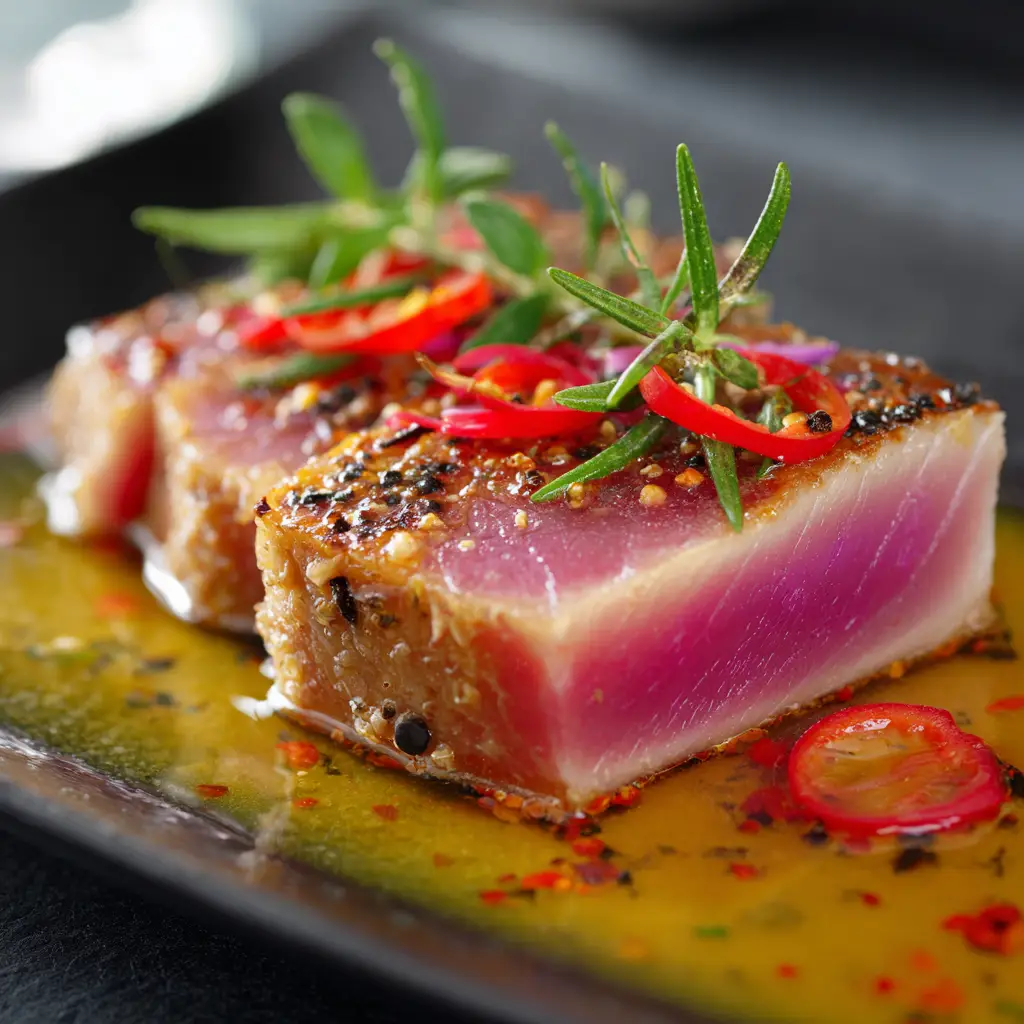
Ingredients Needed
Here’s a table listing the ingredients you’ll need for the main tuna dish, along with approximate calorie counts for each. Note that the total will vary depending on portion size and any optional add-ons.
| Ingredient | Approximate Calories* |
|---|---|
| 250 g fresh tuna steak (raw) | 380 kcal† |
| 1 Tbsp olive oil | 120 kcal |
| 1 medium lemon (juice & zest) | 15 kcal |
| 2 garlic cloves (finely chopped) | 8 kcal |
| 1 Tbsp fresh parsley (chopped) | 3 kcal |
| 1 Tbsp capers (drained) | 2 kcal |
| Sea salt & freshly ground pepper | negligible |
| Optional: 100 g steamed asparagus | 20 kcal |
| Optional: 1 small avocado (sliced) | 160 kcal |
*Values are approximate and meant for guidance
†For raw tuna steak about 153 kcal per 100 g according to nutrition data for cooked tuna.
Step-by-Step Cooking Instructions
- Begin by preparing the tuna steak. Pat the piece dry with a paper towel and season both sides lightly with sea salt and freshly ground black pepper.
- In a small bowl combine the lemon juice, zest of half the lemon, chopped garlic, and chopped parsley. Set this citrus-garlic mixture aside for the moment.
- Heat the olive oil in a heavy skillet over medium-high heat until the oil shimmers. When it’s hot, place the seasoned tuna steak into the skillet.
- Sear the tuna for about 1½ to 2 minutes on the first side without moving it, so a golden crust forms. Then flip it and sear the other side for another 1½ minutes if you like it rare to medium-rare. If you prefer it more done, go for another 1 minute each side.
- Once done, remove the tuna and let it rest for a minute on a cutting board. Meanwhile, you can remove the skillet from heat.
- Slice the tuna steak into ½-inch thick slices. Drizzle the lemon-garlic-parsley mixture over the sliced tuna, then add the capers. If you prepared the optional asparagus or avocado, arrange those alongside.
- Serve immediately while the tuna is warm and the flavors fresh. A final twist of lemon over the top enhances brightness and completes the dish.
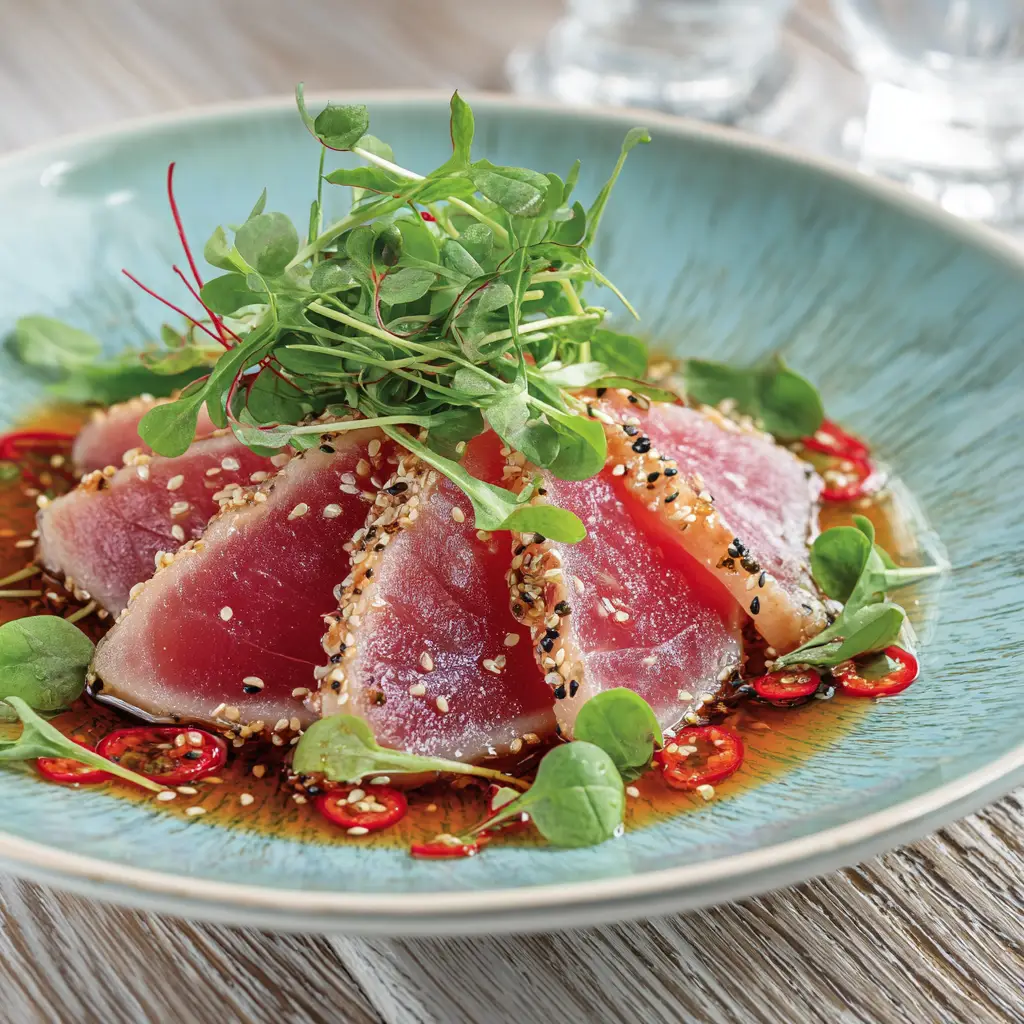
Tips for Customizing the Recipe
You have broad scope to personalize this tuna dish. Here are several ideas:
- Swap fresh tuna steak for canned tuna in water if you need a quicker version. Drain and flake the tuna, then use the same lemon-garlic-parsley dressing.
- Add a bit of spice by incorporating red pepper flakes into the garlic-lemon mixture or top with a dash of smoked paprika for depth.
- Replace the asparagus with seasonal vegetables such as grilled zucchini, roasted cherry tomatoes or wilted spinach to vary the presentation and flavors.
- Use herbs other than parsley — try chopped basil, cilantro or dill for different profiles.
- For a creamy twist, serve the sliced tuna on a bed of mashed avocado or drizzle a small amount of yogurt-based sauce over top.
- If you prefer a richer style, finish the tuna by briefly broiling in the oven after searing and drizzle with a little extra virgin olive oil or melted butter for a more decadent texture.
- Make the dish more substantial by adding cooked quinoa or couscous under the tuna slices, turning it into a full bowl meal.
- For a lighter version suitable for weight-watching, omit the avocado, use a cooking spray instead of olive oil, and focus on steamed greens or salad as side.
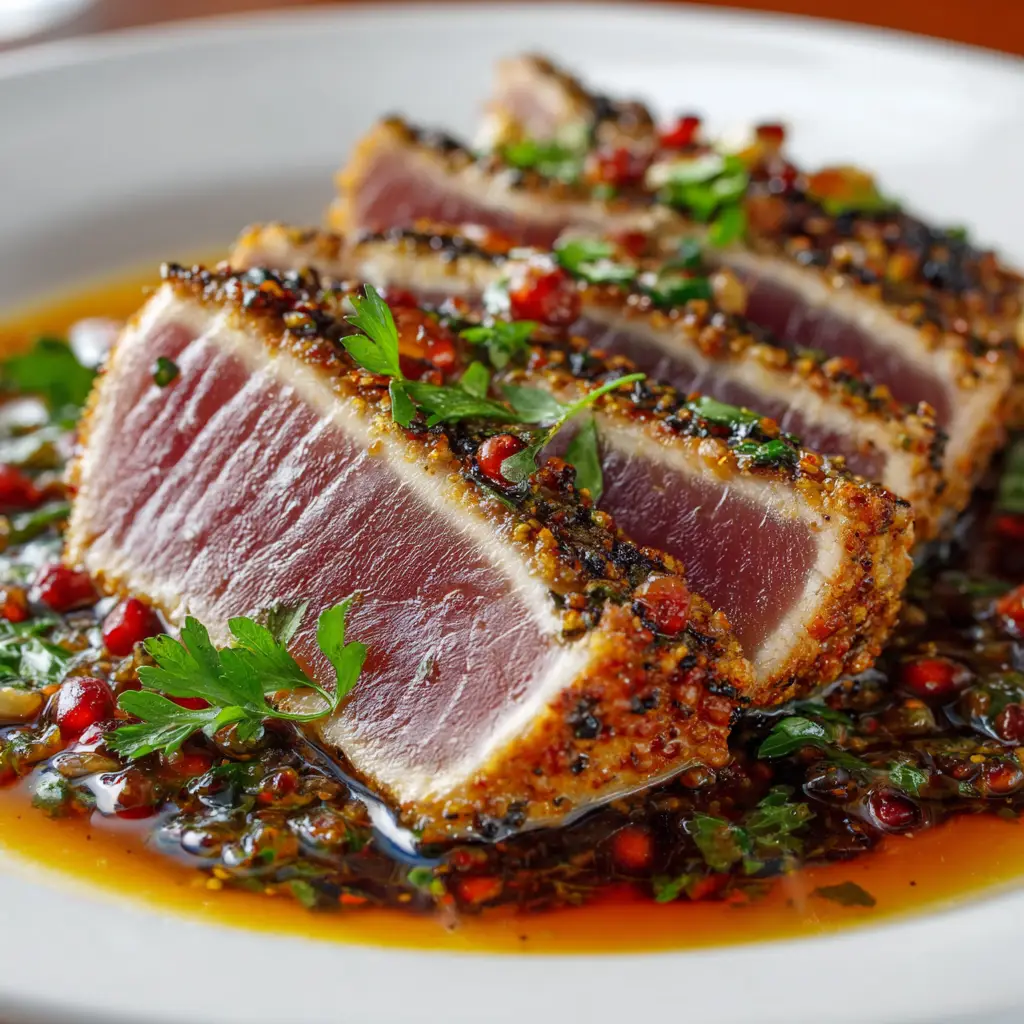
Nutritional Information
Here’s an overview of what you’re getting when you prepare tuna in this style. The values below are estimates based on common nutrition tables.
Serving Suggestions
This tuna dish works beautifully for a number of serving contexts:
- Serve the sliced tuna over a bed of mixed baby greens with lemon wedges for a light lunch or dinner.
- Pair it with steamed new potatoes or a small portion of whole grain rice for a balanced, more filling plate.
- Use the tuna slices to top warm whole wheat pita bread or flatbread, add thinly sliced red onion and drizzle the dressing for a smart sandwich or wrap.
- For a Mediterranean twist, serve the tuna with olives, roasted red peppers and feta cheese on the side, finishing with balsamic glaze or extra lemon.
- It also makes a great meal prep option: store the tuna slices and dressing separately in airtight containers, then assemble fresh over a salad or base when ready.
- For an elegant dinner, present the tuna with a side of asparagus spears, a small portion of wild rice pilaf and a glass of dry white wine (if you drink).
- Even for casual meals you can serve tuna with steamed broccoli and a simple garlic-butter sauce or with a fresh cucumber-tomato salad and light vinaigrette.
Tuna Recipes – Delicious, Healthy, and Easy Ways to Cook Fresh or Canned Tuna
Course: Blog2
servings10
minutes6
minutes550–650 k
kcalIngredients
250 g fresh tuna steak
1 tablespoon olive oil
1 medium lemon (juice and zest)
2 garlic cloves, finely chopped
1 tablespoon fresh parsley, chopped
1 tablespoon capers, drained
Sea salt and freshly ground black pepper to taste
Directions
- Pat the tuna steak dry and season both sides with salt and pepper.
- Mix lemon juice, zest, garlic, and parsley in a small bowl and set aside.
- Heat olive oil in a pan over medium-high heat until shimmering.
- Place the tuna steak in the pan and sear for about 1½ to 2 minutes on each side. Adjust cooking time for desired doneness.
Recipe Video
Notes
- For the best flavor, use high-quality fresh tuna and avoid over-cooking to keep it tender and juicy. If using canned tuna, drain it well before mixing with the lemon-garlic-parsley dressing. Serve immediately for the freshest taste.
FAQs
Can I use canned tuna instead of fresh tuna steak?
Absolutely. Canned tuna in water works well for a quicker version. Drain, flake, and use the same lemon-garlic-parsley dressing. Just note that texture and fat content differ slightly from a steak.
How should I choose the fresh tuna for best results?
Look for tuna steaks that are firm, moist but not slimy, and a deep ocean-colour (depending on species). Purchase from a trusted seller and keep it chilled until cooking.
What level of doneness is ideal for tuna?
Many chefs recommend searing the tuna then leaving it rare or medium-rare in the centre because it preserves tenderness and flavour. If you prefer a more done texture, increase cooking time slightly but avoid over-cooking or it can become dry.
Are there mercury or health concerns with eating tuna regularly?
Tuna can contain mercury, particularly larger species. Eating moderate amounts of tuna (and choosing lower-mercury varieties such as skipjack or light tuna if canned) is generally safe for most people. If pregnant or nursing, consult dietary guidelines and consider variety in fish choices.
Can this recipe be made ahead for meals later?
Yes. You can cook the tuna and dressing ahead of time and refrigerate separately. Combine and serve within 1-2 days for best freshness. If using avocado sides, slice the avocado just before serving to avoid browning.
Conclusion
Cooking tuna in a thoughtful way turns a simple ingredient into a standout dish. With the steps and tips above you can create a tuna dish that feels both thoughtful and effortless. The lemon and garlic dressing adds brightness, the parsley and capers bring freshness and subtle complexity, while the cooking method keeps the tuna juicy and intact. Customizing to your taste or nutritional goals is easy.

